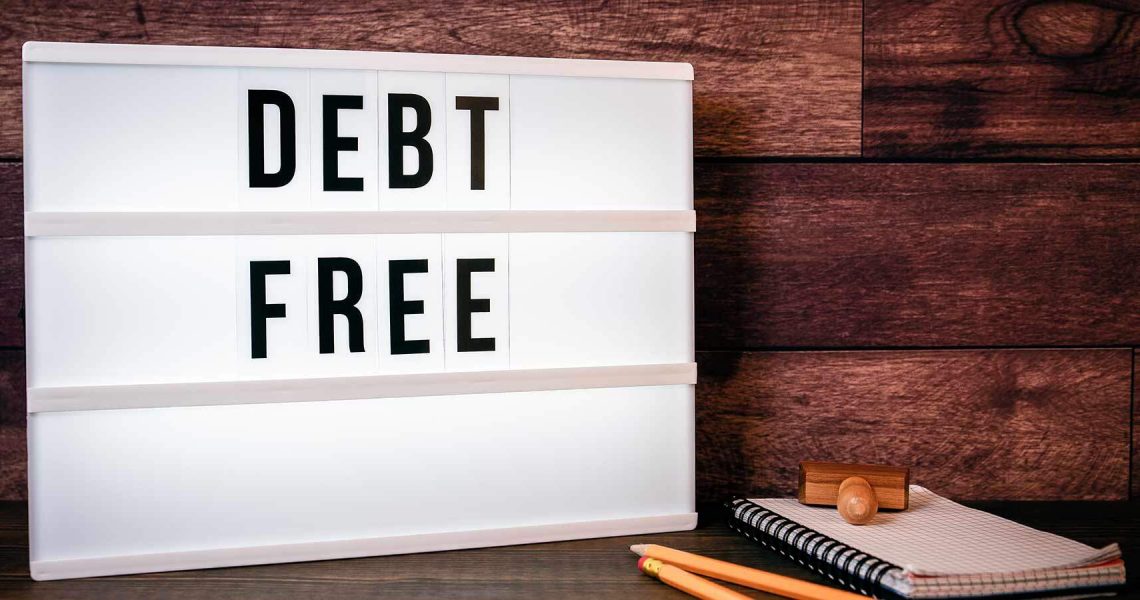Plastic money, where all you have to do is swipe a card and that product or service is yours. It’s great, right? Until you receive your credit card bill and realise you don’t have the funds to pay it off. Before you know it, the interest starts to soar and your credit score takes a whack. Don’t worry, you’re one of many to have fallen into this trap! Fortunately, there are ways of getting your credit cards under control before it’s too late.
Here are six ways for getting your credit cards under control
1. Pay MORE minimum monthly repayment
Or more, if you can afford it. You have three choices when it comes to making your repayments:
- You can pay the full amount and take advantage of the interest-free period on your card.
- Pay more than the minimum repayment to limit the amount of interest charged.
- You can pay just the minimum repayment. This is the least recommended option, as the interest will build up. This may lead you into more debt down the track, which is hard to get out of.
2. Lower those rates
All it takes is asking! The fastest and easiest way to ensure you get back control of your credit card is to shave off a percentage or two on your interest rates. Even a small amount can save you hundreds when it comes to paying off your debt. Call up your bank and simply ask! Your credit score is likely to play a role in whether or not this will happen, but either way, it never hurts to give it a shot.
3. Pay down your HIGHEST rate card first
This one makes sense. If you have a few different credit cards that you are owing money on and you can’t afford to pay them all off, start with the one with the highest rate. This is also known as the ‘Avalanche Strategy’. Tackle the card with the highest interest rate first, while maintaining at least the minimum repayments on the others. Once you get the first one paid off, you can work your way down to paying off the rest.
This method ensures you pay as little interest as possible while making these payments and getting your way out of debt. As you work down through your debts, the amount you can put towards repayments on the next debt increases with each cleared debt – creating an avalanche effect.
4. Budget
If you don’t have one already, now is the time to put one into place. Factor your credit card repayments into your budget, so you stay on top of them. Look at how much you are spending each month on each one and compare this to how much you earn. If you are spending more than you earn, then it is time to cut back.
If you are already in credit card debt, then add this to your budget. Plan to pay a little bit off each week, to make sure you are working to an end goal. If you are in debt, then set aside your credit card for the essentials until you have paid it off.
To get a good look at your spending patterns, check out your credit card statements. From here you can assess where to make cut backs. Utilise a free online budget planner to quickly understand where your money is going.
5. Pay off Your Smallest Balances
Depending on how many credit cards you have, you could find yourself a little overwhelmed. Start small and work your way up. This one is known as the ‘Snowball Strategy’. The idea is that you feel so much better getting one card paid off fully. This will give you the momentum to tackle the next one and then another after that.
This positive cycle continues and ‘snowballs’ until all your cards are paid off and you are back in control again. Unlike the Avalanche strategy, you could end up paying more in the long run, as you are ignoring which cards have higher interest rates and paying them off based on the amount instead.
6. Have a goal
Whether your goal is to be completely debt-free, or simply to be on top of your repayments, it is important you have this goal in place when it comes to taking back control of your credit cards. To keep yourself accountable, it can help to talk to a close friend or family member, so you stay on track and don’t find yourself too overwhelmed in the process.
Taking back control of your credit cards will have you in a healthier position for some long term goals, such as travel or taking out a mortgage. Remember, start small and build your way up again and you will soon find yourself debt free and able to stay that way. Think next time you pull out that handy little piece of plastic to pay for something.





